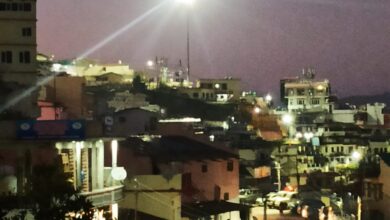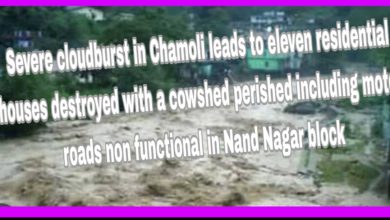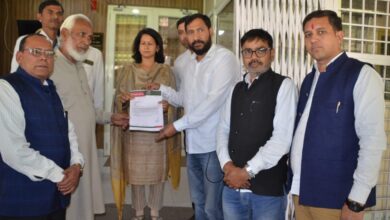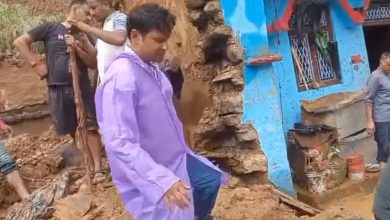How many Uttarakhand assembly seats of the hills will be reduced after the 2027 delimitation ?
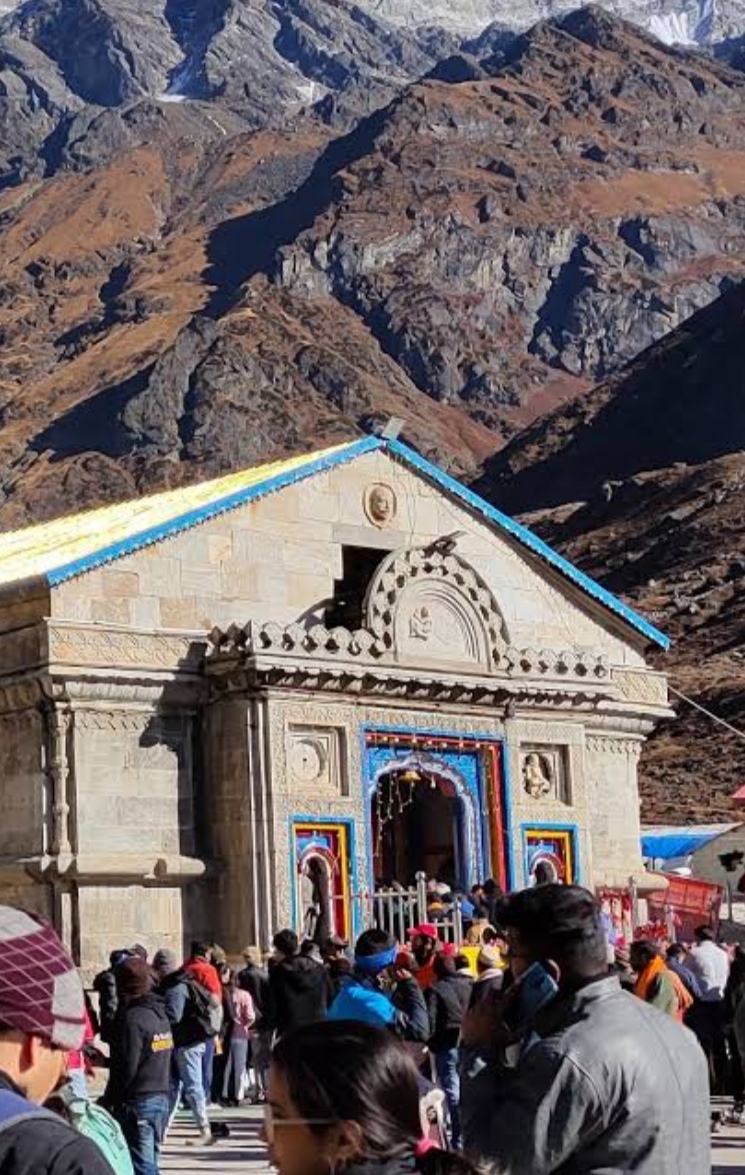
The Uttarakhand assembly elections are due in the year 2027 and so is the significant issue of delimitation of constituencies in the Himalayan state. Since the day Uttarakhand was established after being dissociated with the Uttar Pradesh on 9 th November, 2000 , the basic idea and concept behind was to ensure that the hill state that was devoid of its overall development due to special geographical formulations and circumstances by being in the largest state UP , has to now go on the path of its socio economic, cultural and all forms of development to stand on its own feet by becoming self reliant and prosperous economically and politically. However, the thorns on the way of the hill development and prosperity were sowed on the very first day of Uttarakhand coming into existence when Haridwar and Udham Singh Nagar were annexed with ( to) the Himalayan state. This complexity was further compounded when the delimitation of constituencies of Uttarakhand were based on the population than the geographical aspect. Since the day this parameter of population as a measurement for deciding the constituencies in Uttarakhand hill state were fixed, the hill assembly seats of the rural hilt belt started decreasing phenomenally and seats of plain areas like Dehradun, Nainital, Haridwar and Udham Singh Nagar started increasing which resulted in brutally killing the concept for which Uttarakhand was achieved after so much of protracted struggle with 43 invaluable sacrifices. Now, since the assembly elections of Uttarakhand are due for the year 2027, hectic deliberations have also started regarding the renewed delimitation of constituencies of Uttarakhand hills. The political parties, intellectuals and the hill population are worried about the seats of hill areas likely to go down further in terms of their numbers. Out of seventy assembly constituencies in Uttarakhand , currently there are 34 assembly seats in the hill areas and rest, 36 going to the plain areas. According to those well versed with the delimitation exercise and the result of this process if this exercise is carried out on the basis of the population of the year 2025, the 34 seats of the hill areas may further go down to 27, thus further enhancing the assembly seats tally of the plain areas like Dehradun, Nainital, Haridwar and Udham Singh Nagar as the population due to exit/ migration from the hill areas to plains is tremendous and uncontrollable and the population of these plains increasing phenomenally simultaneously. Despite , this there is a possibility of the central government giving special concessions to the hill areas on delimitation fearing that it may lose its demography or identity in the near future, for which the hill state was actually established. If this is so then maybe the thirty four seats present number may remain intact reveal sources. This is though just an assumption, nothing official. I may recall that out of the thirteen districts of Uttarakhand’s Kumaon, Garhwal and Jaunsar Bhaber divisions Nainital and Dehradun despite being in hill areas has a big share of the population of the plain areas. However, the Haridwar and Udham Singh Nagar are completely plain areas with a tremendous population of all sects including Pahadi population living here. This is very pertinent to mention here that when Uttarakhand state came into separate existence on 9 th November 2000, the delimitation of constituencies were done on the basis of the population of the year 1971as the base year. Then there were nine hill districts and the total hill area assembly seats were forty with only thirty going to the plain areas. The assembly elections of 2002 and 2007,( when N.D.Tiwari and BC Khanduri had become CMs, from Congress and BJP) were held on the basis of the same delimitation. Then came the second delimitation and the assembly seats of hills of Uttarakhand drastically came down to 34 from 40 numbers. This unambiguously indicated the trend of the massive migration from hills to plains and a warning signals for the hills population as well. While the hill seats decreased to 34 the plains seats increased to 36 from thirty initially. Obviously an increase in six seats from 30 when the state came into existence was a big leap for the plain population. Thereafter the elections to the Uttarakhand assembly in the year 2007, 2012 and 2017 were held on the same basis and population. Now this time if the dimlimitation is held on the basis of the population of 2011 , political analysts say that the assembly seats of Uttarakhand hills will further come down to 31 and cumulatively the seats of plains of Dehradun, Nainital, Haridwar and Udham Singh Nagar will go up to 39 seats. On the other hand if the population of 2025 would be considered as a basis of dimlimitation in 2027 the assembly seats may further go down to 27 and plains seats up by 43 seats unambiguously meaning that Uttarakhand will be completely dominated by the lawmakers of plain areas with no say of the hill people and no point of Gairsain becoming the permanent capital of Uttarakhand in future. If this really happens , separate Uttarakhand state formation at the cost of 43 invaluable sacrifices will be a biggest tragedy and mourning for Uttarakhand and Uttarakhandies.


